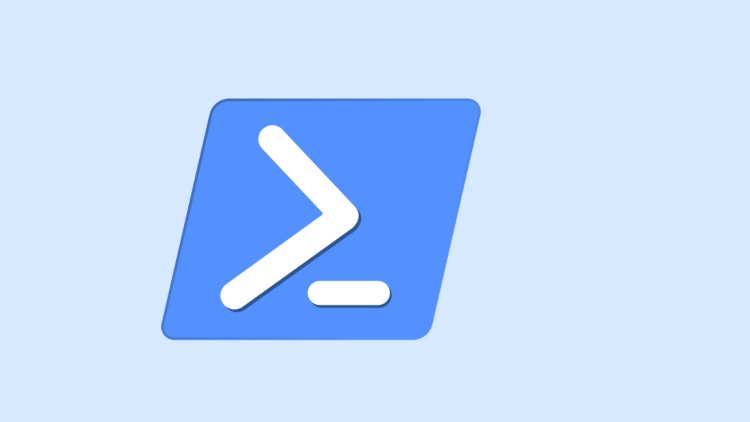
Interact with your computer using PowerShell
What you will learn
Explore and use PowerShell Syntax
Explore and use PowerShell Cmdlet
Explore and use PowerShell GET Command
Explore and use PowerShell Parameters
Pipe data and information with PowerShell
Explore and use PowerShell Functions
Explore PowerShell Execution Policy
Description
PowerShell is a cross-platform object-oriented language and shell that IT pros can use to manage computers running Windows, Linux, and macOS. PowerShell can automate tasks across thousands of computers simultaneously. If you’ve ever wondered what PowerShell is and what it’s for, this article aims to answer some of the most common questions you may have about Microsoft’s versatile command-line shell.
One of the greatest strengths of PowerShell is that data returned in the shell is not just simple text, but actual .NET objects with metadata. PowerShell’s language is open-source and built on top of the Microsoft .NET platform.
PowerShell is mainly used to manage computer systems. Hardware, software, registry settings, file management, and network configuration are all examples of things PowerShell can manage. In short, PowerShell can manage almost any aspect of a computer system.
PowerShell’s popularity is due to its simplicity to get started with, but also its versatility. You can manage your computer with PowerShell, but you can also manage hundreds or thousands of other computers in a computer network at the same time using the exact same interface.
System administrators have traditionally been the main users of PowerShell. Sysadmins like it because it helps them perform tasks and do their jobs easier and faster than if they had to work in a GUI application. PowerShell also allows repetitive tasks to be automated by creating scripts.
Content